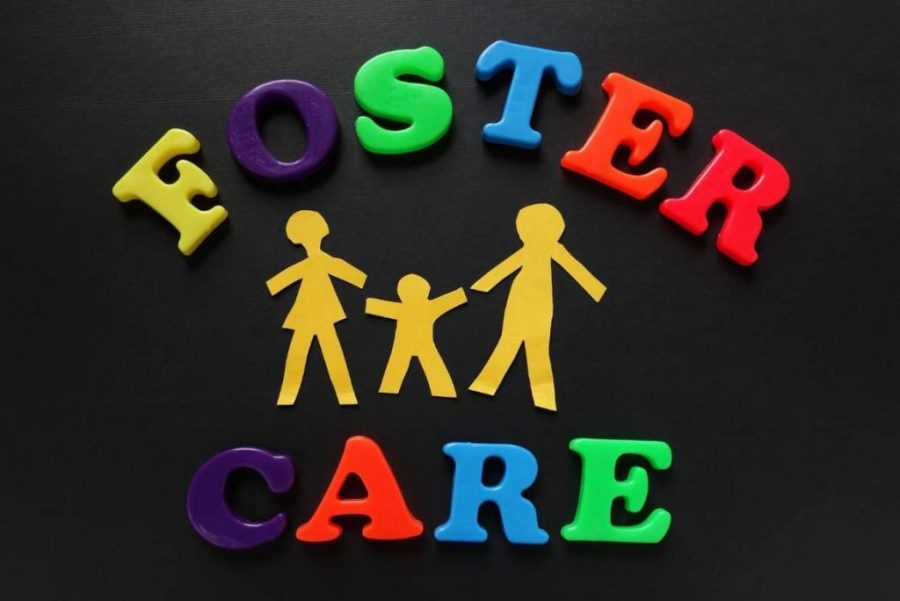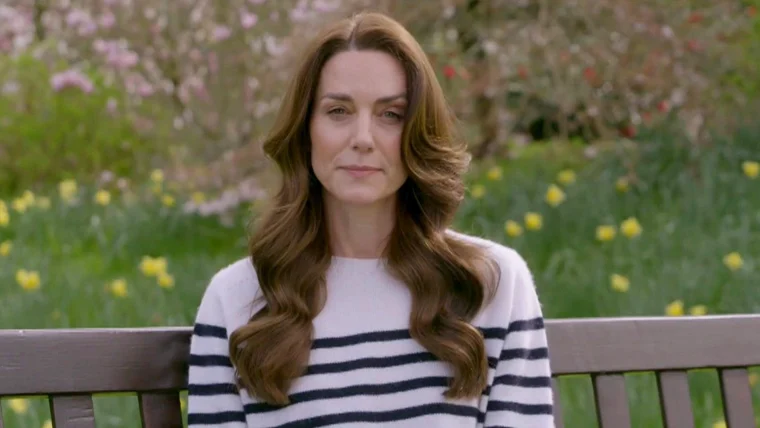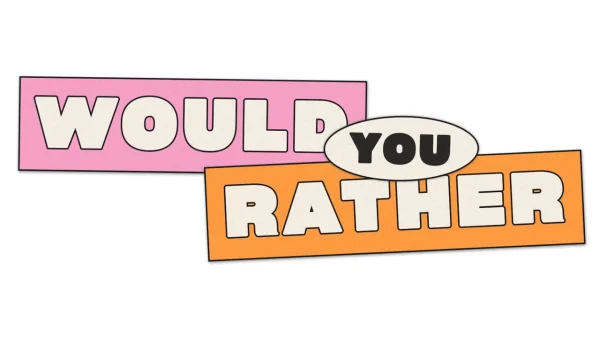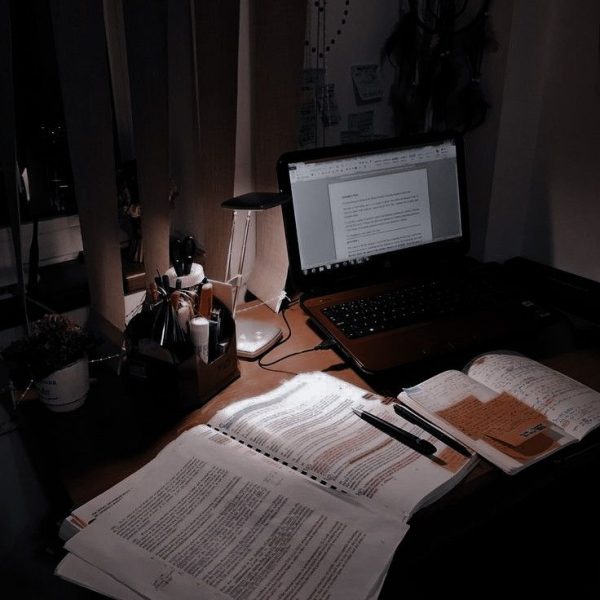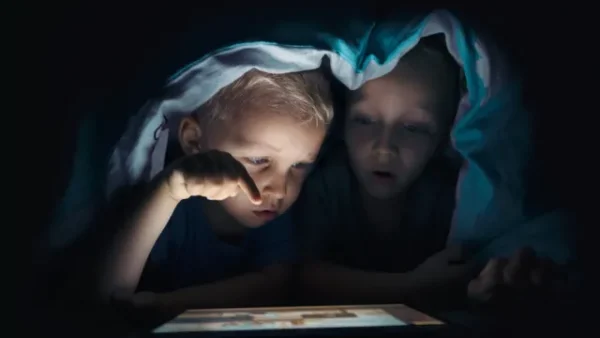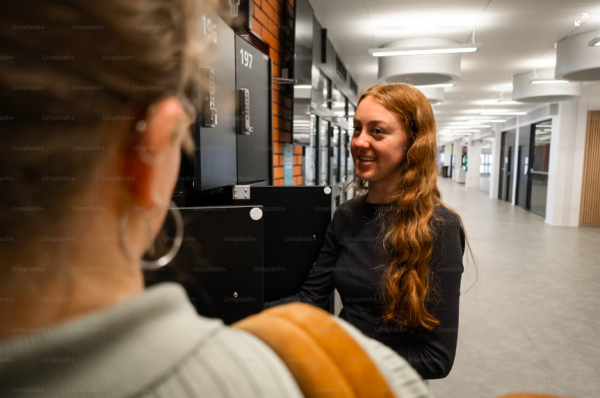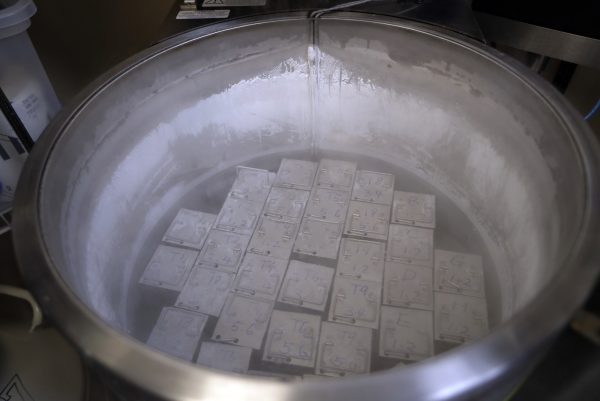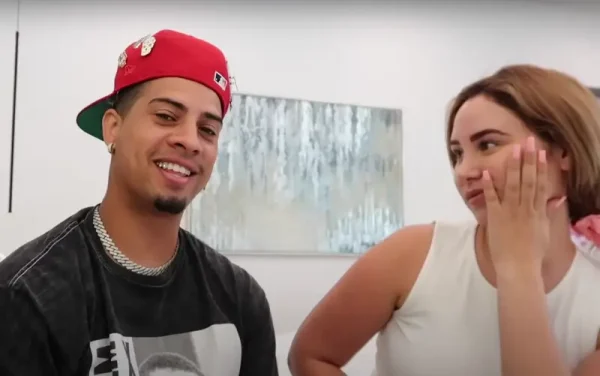The Life and Experiences of a Foster Child
March 3, 2021
The daily life of a child enrolled in the foster care system can be stressful, scary, and emotionally painful. It is definitely a fight in order to get through and out of the system. Some foster children spend their whole life in the system while others only spend a couple of weeks. Many are in the system for different reasons and various situations. Most children enter the system because their caregiver is unable to be responsible for the needs of the child. Others may enter the system because their caregiver passed away and there are no other options besides enrolling in the system.
The age of children that enter the system also varies. Some children enter foster care as new-borns and some may enter the system days before their 18th birthday. Depending on the age of the child when being put in the system, they may develop depression, PTSD, anxiety, and many more conditions. Usually, the older the child, is more likely to develop these conditions. For example, a new-born child, who has been in the system their whole life, is less likely to develop depression about their situation when they are older because they are used to that type of lifestyle and it is all they know. Whereas a 14-year-old who is separated from their family is much more likely to develop depression because of the drastic changes in their life and they may feel as if they were separated from the only people that love them and therefore they feel they are now alone.
There are a few different types of living situations for these foster children. There are the options of a foster home, a group home, or living with a relative or another trusted adult. A foster home is similar to a normal home. In a foster home, there are usually two foster parents, who are usually married, but there are some foster parents that are single and they handle the home by themselves. A group home is a completely different environment. In a group home, there are no foster parents, but rather different shifts of staff members that take turns taking care of and watching the children, this type of placement usually is for teenagers because it is more of an independent environment than a foster home. Though there are options, more often than not, the child does not make the decision, it is usually made by the child’s county social worker.
Foster children transition out of the system in different ways. Some children are adopted by either their foster parents after a few months or a few years after being placed there. Others stay in the system from the point they are enrolled into the system until they turn 18. Another way children exit the system is by being reunited with the caregiver they were with before entering the system.
When children are enrolled in the system it is usually intended to have good consequences; however, it often does not have good effects on the children. The numbers are alarming, but many people aren’t aware of how depressing these statistics can be. Many foster children are diagnosed with depression, PTSD, anxiety, and other conditions. Not to mention, foster children are three times more likely to consider suicide and four times more likely to attempt suicide. Even after they exit the system, the numbers are still eye-opening. Only 58% of foster children graduate from high school, compared to the national rate of 84%, and less than 10% graduate from college. About 25% of foster youth will be in prison within two years of exiting the system. Almost 50% of foster youth are homeless within two years of exiting the system. These numbers are truly alarming and it is quite disappointing that not many people are aware of this. If more people would be aware of this and take action and change the system that is obviously broken, the numbers could improve and make the future for foster children brighter so they will no longer be identified as just a potential statistic and another error of the foster system.

